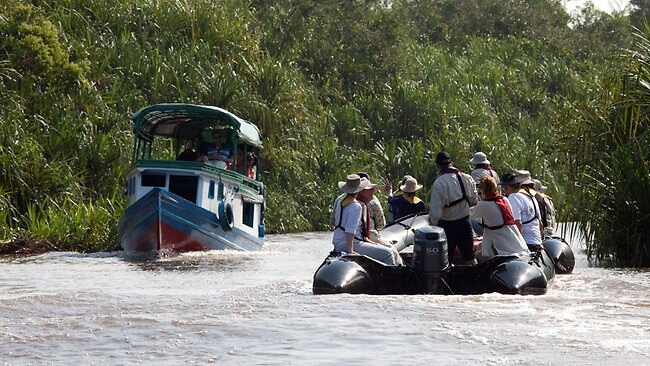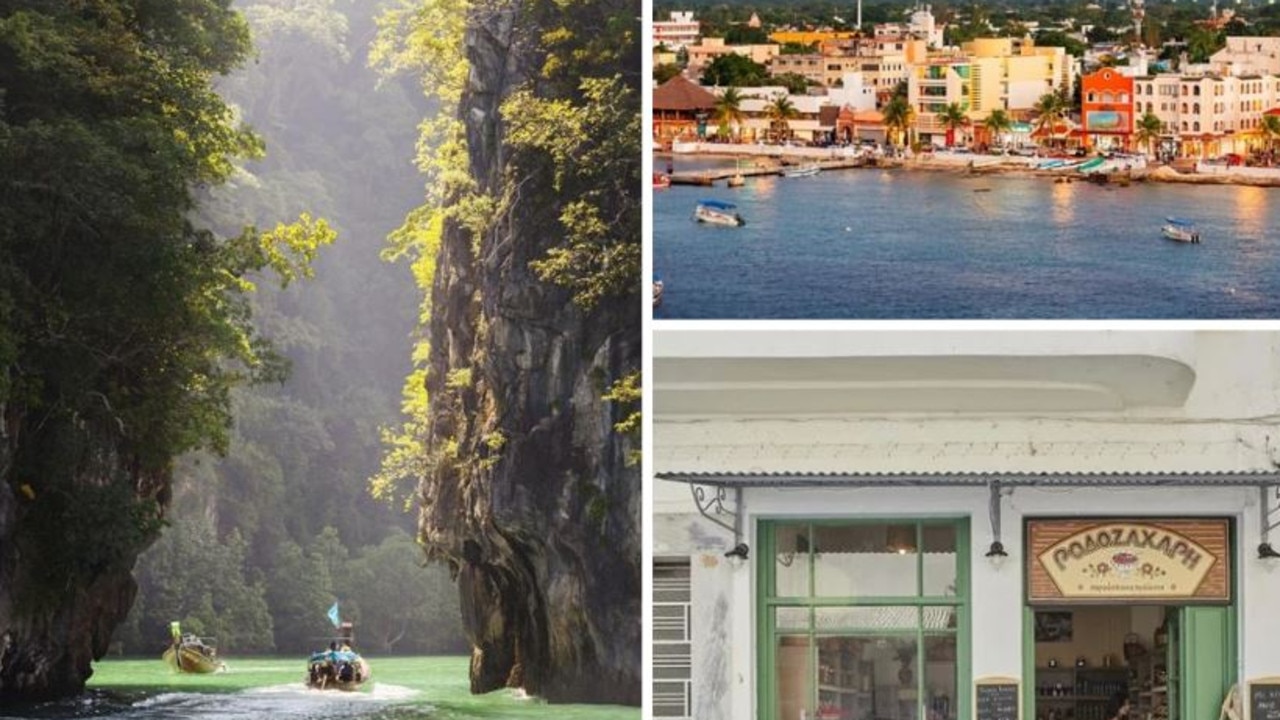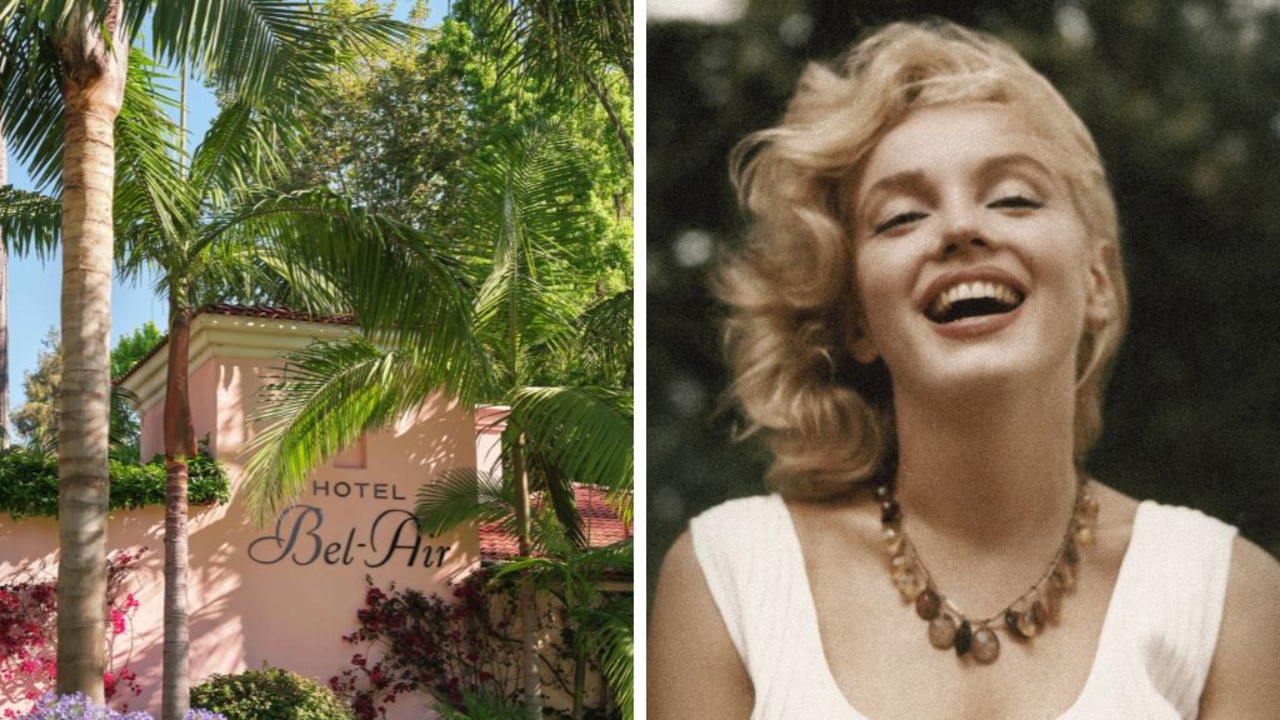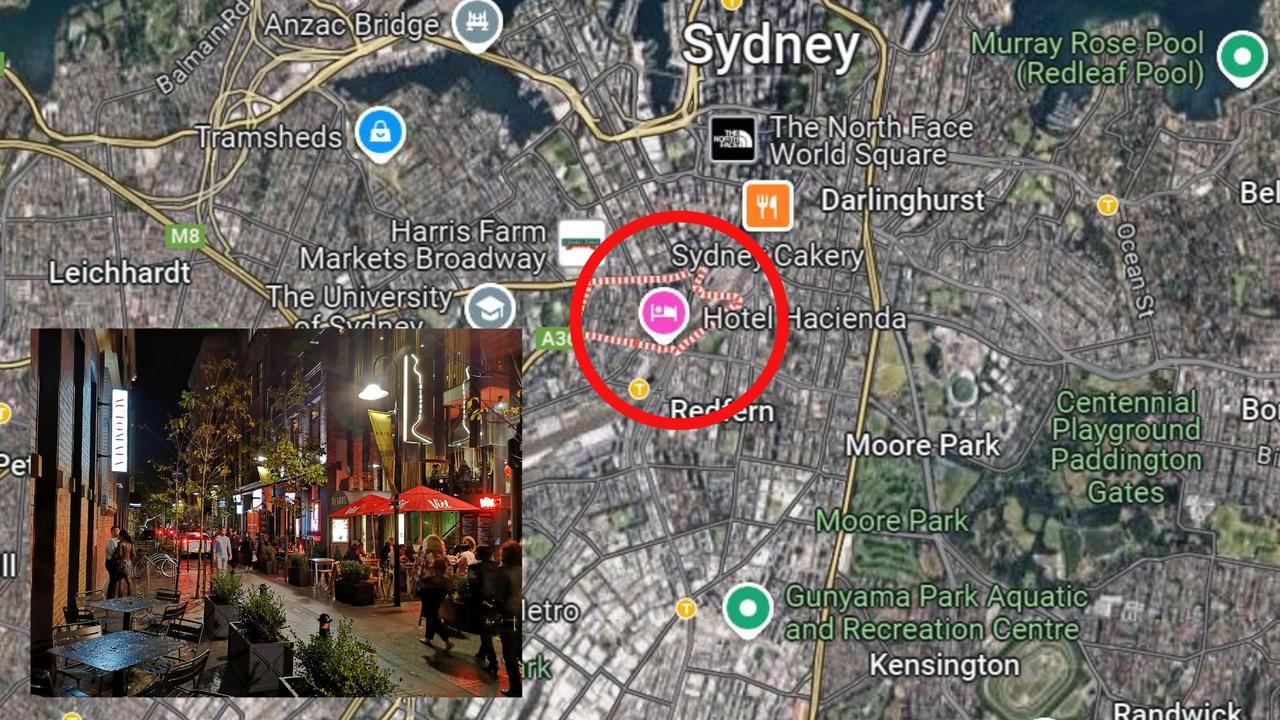Deep into the wilderness of Borneo on the Orion
AN ORION voyage allows passengers to venture far from the usual Indonesian tourist attractions and discover a different world, writes John Borthwick.

THERE'S nothing like having a baby orang-utan scamper into your arms for a cuddle to be reminded we share some 97 per cent of our DNA with these red apes.
We're in the Borneo jungle, far up the Sekonyer River in southern Kalimantan and visiting Camp Leakey, a rescue and research station established in 1971 and still run by an extraordinary American primatologist, Dr Birute Mary Galdikas. More than 300 orang-utans of different ages are currently nurtured here before their return to the wilderness of Tanjung Puting National Park.
During our two days at Camp Leakey we experience close-up the heroic work done by Galdikas's Orangutan Foundation International in rescuing infants whose mothers have been killed or captured as a result of jungle clearing for oil palm plantations.
As well as seeing scores of orang-utans, the good doctor introduces us to other primates of the Borneo wilds including gibbon apes and proboscis monkeys. We watch as gibbons and juvenile orang-utans share a meal at a jungle feeding station - the inter-species encounter is simultaneously tender and almost slapstick comical.
Later, as we head back downriver to our expedition ship, Orion II, one visitor summarises her delight, "I mightn't have seen Paris, but I have cuddled an orang-utan."
With 17,801 islands, our giant neighbour, Indonesia has more fascinating places to visit than a dozen lifetimes might permit.
We began our Orion journey to just three of them by cruising west from Bali to Semarang, Java, then ploughing through the island's formidable traffic to reach the grand temples of Borobudur and Prambanan. The ceremonial mound of Borobudur, the world's largest Buddhist temple, looms above the Java plain like a vast dome populated by about 500 Buddha statues.
An hour away from them, the equally massive Hindu complex of Prambanan was built around the same 8th-9th century AD era as Borobudur. Both are now World Heritage sites. To see their wonders today is to imagine two neighbouring kingdoms, of different religions, competing to build "the best" stairway to heaven.
We sail on in style. The luxurious, 100-passenger Orion II specialises in onboard lectures by world experts such as Galdikas, plus silver-service dining.
Leaving Java we turn east to Kalimantan for our Camp Leakey excursion, following which the ship crosses to Sulawesi - formerly known as the Celebes - home of the unique Tana Toraja highland culture.
From the port of Pare Pare our coach climbs the hills to Rantapao, capital of Toraja, the "Land of the Heavenly Kings". The local houses, known as "tongkonan", are unique structures, capped by high, saddleback roofs whose upturned gables symbolically resemble boat hulls. We stay overnight in a modern hotel before setting out next day to see the stone monoliths, cliff-face effigies and "hanging coffins" that make Toraja culture so distinct. While Torajans are nominally Christian (rather than Muslim), their roots run even deeper with ancestor worship and animism.
We are invited to a traditional funeral, which turns out to be a surprisingly happy event attended by several hundred people. Torajans often bury their dead many months after the person has died. Until the funeral they say that the deceased relative (who has been preserved) is not dead, merely "sick". By the time a large ceremony is organised, the grieving is over and the event is a convivial gathering for friends and family from all over.
Reboarding our floating gin-and-tonic palace, we sail for Bali, Indonesia's most popular tourist island. An increasing number of Australians now explore well beyond Bali, either by ship or plane. Lombok, for instance, is at times like "Bali unplugged", with Muslim Sasak culture rather than Balinese Hinduism, plus pottery villages, empty beaches and quality accommodation at Senggigi and elsewhere. Many Lombok visitors also head to the little Gili Islands where diving and snoozing set the agenda.
Komodo Island, a World Heritage national park farther along the Nusa Tenggara ("Southeast Islands") chain from Bali, is famous for its so-called "dragons" - aggressive, 160kg lizards that are a throwback to the dinosaur.
Meanwhile, Sumba Island (not to be confused with better-known Sumbawa) has been called "the cowboy island of the South Seas" because of its mounted warriors and their spectacular Pasola festival - a mock but hazardous tournament involving hundreds of horsemen.
Sumba makes Bali seem like Manhattan but, as well as horsemen and unique, massive tombstone sculptures, it also has a handful of good resorts, such as beautiful Nihiwatu on its southwest coast, offering 5-star comfort and perfect reef surf.
The writer was a guest of Orion Expedition Cruises.
Go2 - BORNEO
Cruising there: Orion Expedition Cruises has several Indonesian voyages this year. A 10-night round trip from Bali departing on September 29 aboard Orion priced from $8805 a person, twin share, visits Semarang in Java for Jogjakarta and Borobudur, Tanjung Puting National Park in Kalimantan for Camp Leakey, and Pare Pare in Sulawesi for an overnight land trip to Tana Toraja.
For Nihiwatu Resort, see nihiwatu.com
Indonesia's 30-day Visa On Arrival costs $US25 ($A25.10). Keep 150,000 rupiah for your departure tax.
"Like" Escape.com.au on Facebook
Follow @Escape_team on Twitter



